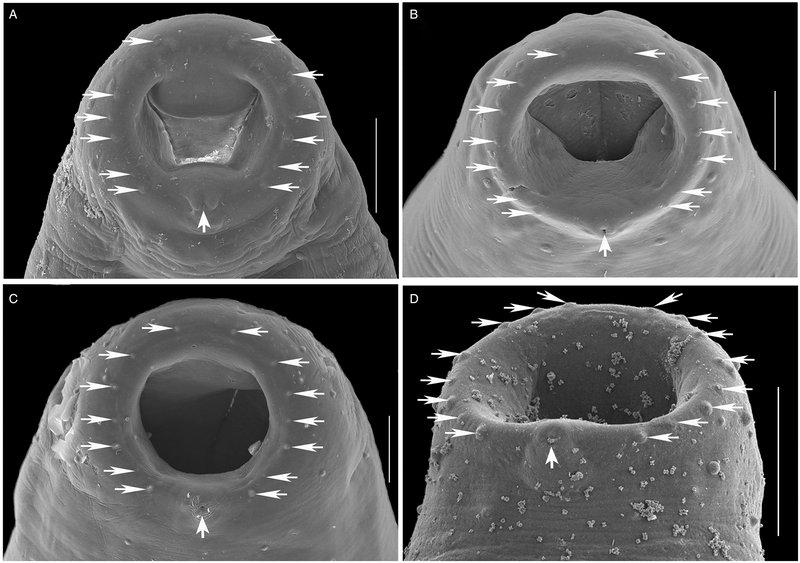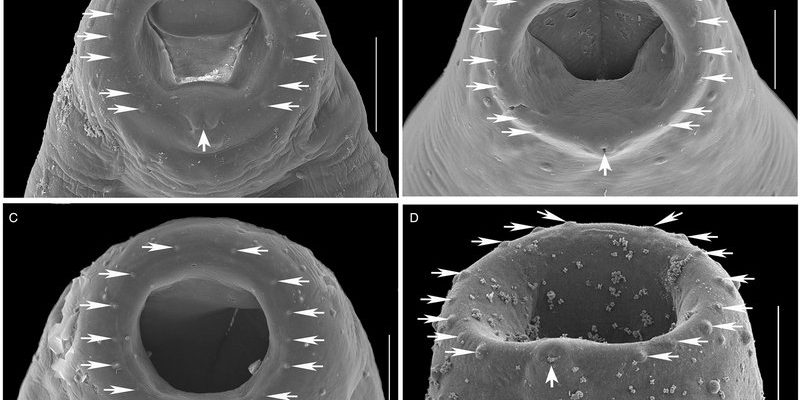
So, what exactly are trematodes, and why should we care about their range and distribution? These creatures can infect a variety of hosts, including fish, mammals, and even humans. They can cause diseases that affect both wildlife and people, making it essential to understand where they live and how they spread. Think of it as piecing together a giant puzzle of life; every piece—the trematodes, their hosts, and their habitats—plays a vital role.
What Are Trematodes?
Trematodes are a class of parasitic flatworms belonging to the phylum Platyhelminthes. They have a unique body structure that sets them apart from other parasites. Their flat, leaf-like shape helps them cling to various hosts using suckers, making it easier for them to extract nutrients.
The life cycle of trematodes is complex and usually involves multiple hosts. They often start their journey in water, where they shed larvae that infect snails, which then become the first intermediate hosts. This is where things get interesting: Inside the snail, trematodes develop further before emerging back into the water as larvae to infect fish or other aquatic animals. Ultimately, these flukes can make their way to larger animals, including humans, who consume contaminated food or water.
You might be wondering why understanding trematodes is important. Well, besides their role in ecosystems, they can also have severe impacts on the health of various species, including humans. For example, schistosomiasis, a disease caused by certain trematodes, affects millions of people globally.
Global Distribution of Trematodes
Trematodes are found worldwide, but their distribution can vary significantly depending on environmental factors such as climate, availability of hosts, and geographical boundaries. The tropics, with their warm, moist environments, are often hotbeds for these parasites, providing ideal conditions for their life cycles.
In many tropical regions, trematodes are prevalent in freshwater systems, particularly in lakes and rivers. For instance, the African continent has several endemic trematode species due to the vast presence of freshwater resources and suitable intermediate hosts like snails. As the climate changes, the range of these parasites may expand, creating potential health risks in new areas.
Interestingly, temperate zones also host trematodes, although often in lower numbers. Here, you’ll find different species adapting to local wildlife and habitats. For example, in North America, trematodes are often associated with freshwater fish and amphibians, indicating a complex relationship between these organisms and their environments.
Common Types of Trematodes
There are thousands of species of trematodes, but some of the most well-known include:
- Schistosoma: This genus is infamous for causing schistosomiasis, a disease prevalent in Africa, the Middle East, and parts of South America.
- Fasciola hepatica: Also known as the liver fluke, this parasite primarily affects livestock and can be found worldwide, especially in freshwater environments.
- Clonorchis sinensis: The Chinese liver fluke is commonly found in East Asia and is transmitted through consumption of undercooked fish.
- Paragonimus: These lung flukes can infect humans and other mammals, mainly through eating raw or undercooked crustaceans.
These trematodes illustrate how diverse this group can be and how their presence can vary based on location and host availability. Each species has adapted to thrive in its environment, establishing a delicate balance with its hosts.
The Life Cycle of Trematodes
Understanding the life cycle of trematodes is crucial for grasping their distribution. Generally, it involves multiple stages and hosts, making them quite unique:
1. Egg Stage: Trematodes start as eggs laid in the host’s body, often expelled into the environment in feces.
2. Larval Stage: After hatching, trematode larvae typically infect aquatic snails, which serve as their first intermediate hosts.
3. Cercarial Stage: Larvae develop inside the snail and emerge as cercariae, which swim in water and seek out second intermediate hosts, like fish or amphibians.
4. Metacercariae: Once encysted in the second host, they can remain dormant until consumed by a definitive host, usually mammals, including humans.
Each step in this cycle is crucial for the survival of the trematode, and disrupting it can impact their populations and distribution. For example, changes in freshwater habitat due to pollution or climate change can limit the availability of suitable hosts, affecting trematode life cycles and their spread.
The Impact of Trematodes on Health
While trematodes are fascinating organisms, they can also cause significant health issues. Schistosomiasis, for example, affects over 200 million people worldwide, primarily in tropical and subtropical regions. The disease can lead to severe long-term health complications if left untreated.
In livestock, liver flukes like Fasciola hepatica can result in substantial economic losses due to decreased productivity and increased veterinary costs. Farmers need to be aware of the distribution of these parasites to implement effective control measures.
Public health strategies are essential in areas where trematodes are endemic. Educating communities about proper sanitation and cooking techniques can reduce transmission risk. For instance, avoiding raw or undercooked fish can significantly lower the chances of contracting diseases from trematodes like Clonorchis sinensis.
Research and Monitoring of Trematodes
To effectively manage trematode populations and their impact, ongoing research and monitoring are vital. Scientists study their distribution, life cycles, and host interactions to develop better control strategies.
Recent studies have begun to explore how climate change affects the range and distribution of trematodes. Warmer temperatures may expand their habitat, allowing these organisms to thrive in areas previously unsuitable for them. Alongside this, advances in molecular biology techniques have improved our ability to identify and classify new trematode species, enriching our understanding of their ecology and evolution.
Conservation efforts also play a part in monitoring trematode populations. Protecting natural habitats helps maintain the biodiversity necessary for healthy ecosystems, which can, in turn, affect the distribution of parasitic species.
The documented range and distribution of trematodes highlight the intricate relationships between parasites, their hosts, and the environments they inhabit. While these tiny flukes can cause significant health issues, they also play a critical role in the ecosystem. Understanding where they thrive and how they operate can help us manage their impacts, protect public health, and preserve biodiversity.
So, the next time you think of trematodes, remember that they’re more than just parasites; they’re a vital part of the ecological puzzle we’re all trying to solve. Just like any other piece of the environment, understanding them can lead to more informed decisions about our health and our planet.

